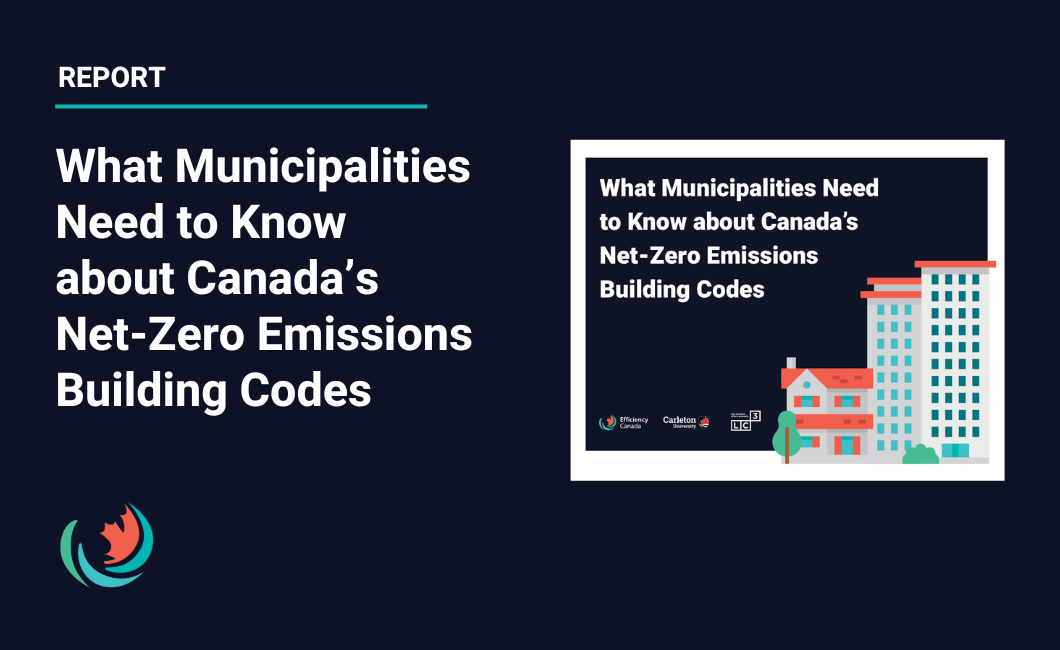
What Municipalities Need to Know about Canada’s Net-Zero Emissions Building Codes
This report shows how to use the upcoming net-zero emissions codes as a lever to accelerate climate action. Authored by Kevin Lockhart.

This report shows how to use the upcoming net-zero emissions codes as a lever to accelerate climate action. Authored by Kevin Lockhart.
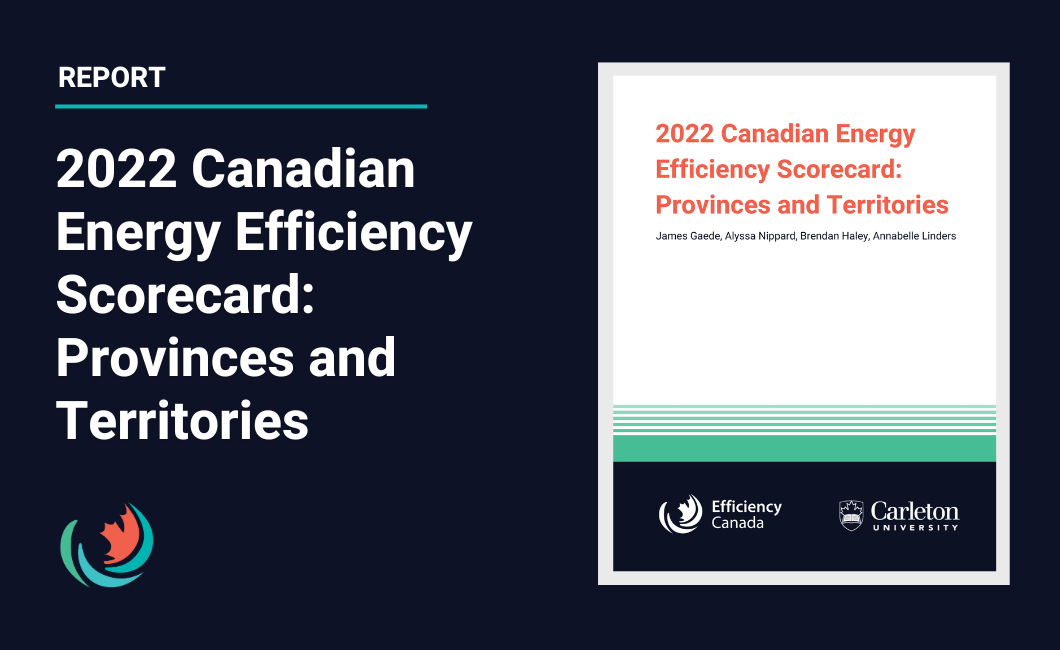
Efficiency Canada’s fourth annual Energy Efficiency Scorecard assesses policy and outcomes realized within the 18-month window between January 2021 and June 2022. This assessment window allows us to accommodate calendar and fiscal reporting periods, and to capture more recent policy developments introduced or implemented by provincial and territorial governments in the first half of 2022. Authored by James Gaede, Alyssa Nippard, Brendan Haley, and Annabelle Linders.
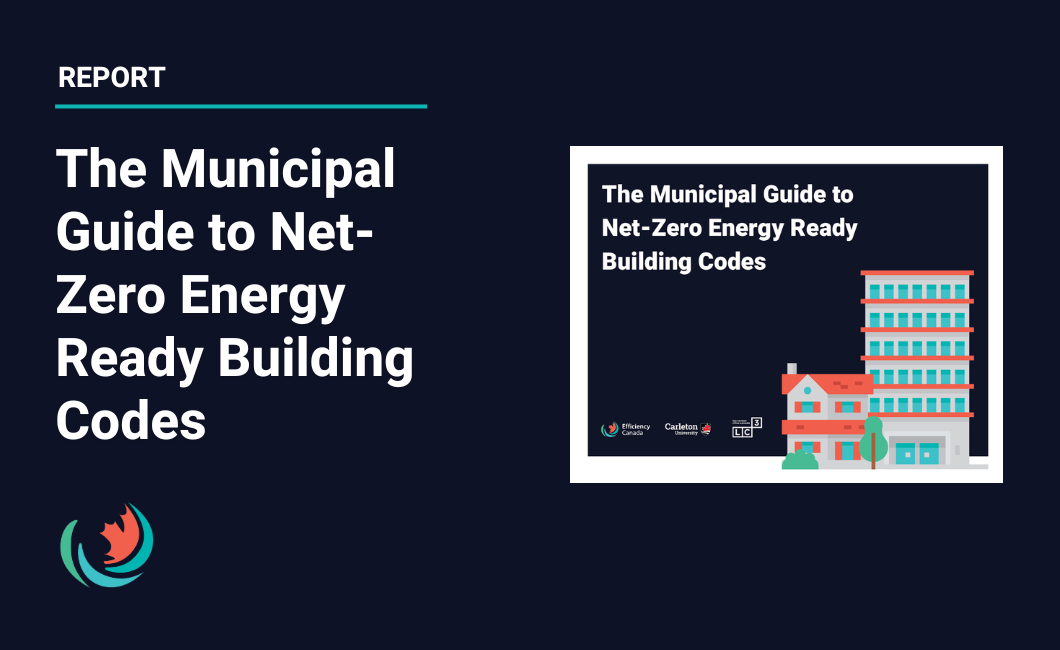
This report contains everything you need to understand tiered codes, the advantages of adopting an ambitious tier, and how municipalities can use the new codes to achieve net-zero emissions by 2050. Authored by Kevin Lockhart.
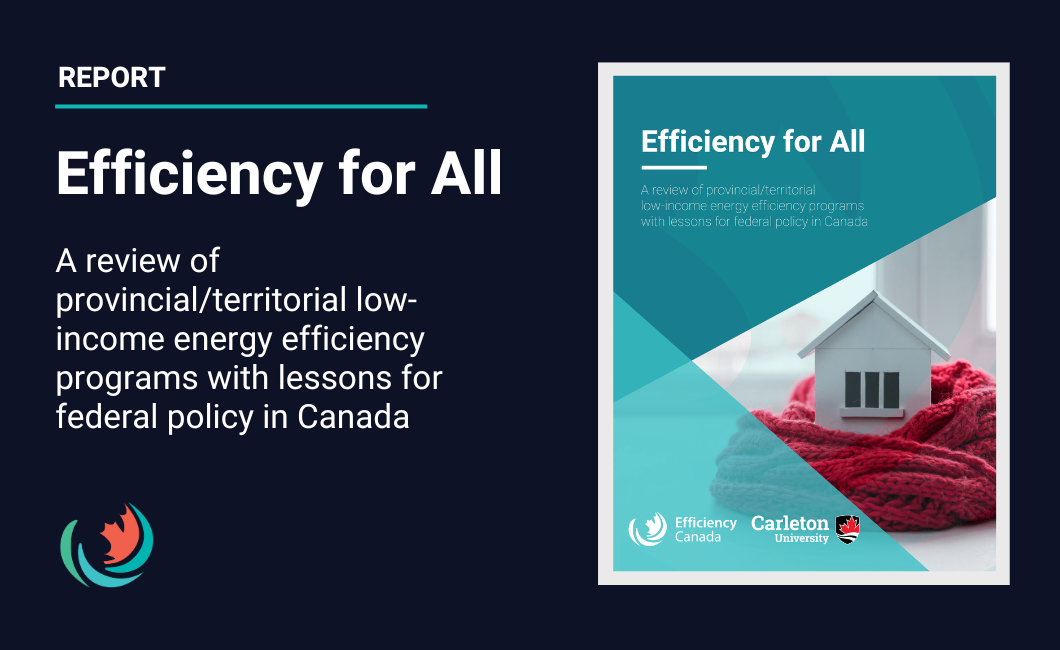
This report shows how federal investment in existing low-income energy efficiency programs can help achieve net-zero emissions and reduce energy poverty. Authored by Abhilash Kantamneni and Brendan Haley.
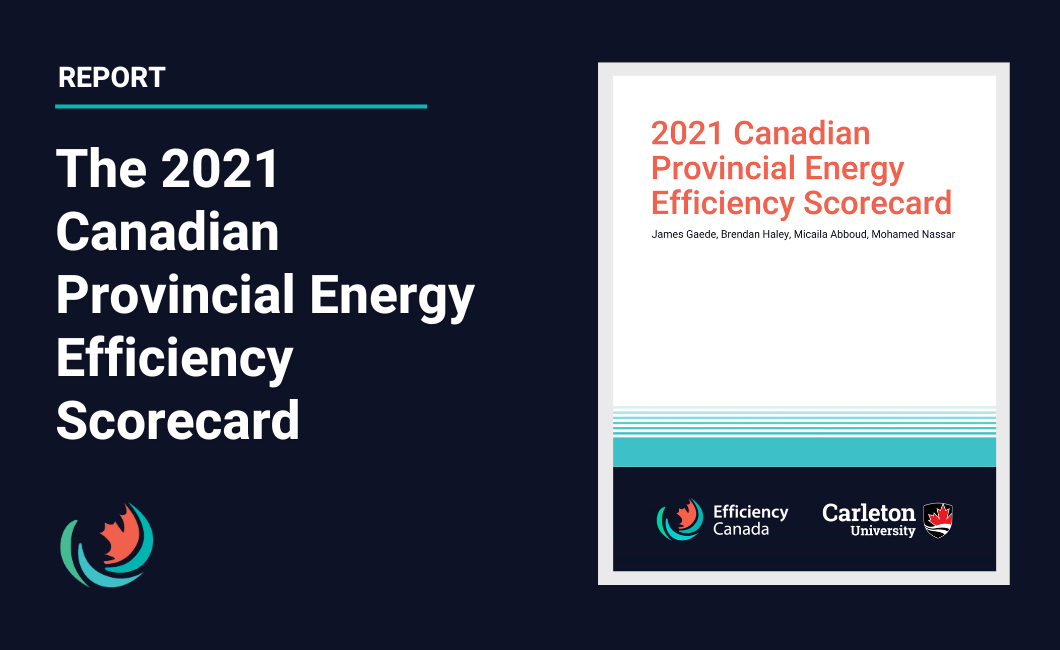
The third annual Provincial Energy Efficiency Report assesses policy and outcomes realized within the 18-month window between January 2020 and June 2021. We broadened our assessment window in this year’s edition to accommodate calendar and fiscal reporting periods, and to capture more recent policy developments introduced or implemented by provincial governments in the first half of 2021. Authored by James Gaede, Brendan Haley, Micaila Abboud, and Mohamed Nassar.
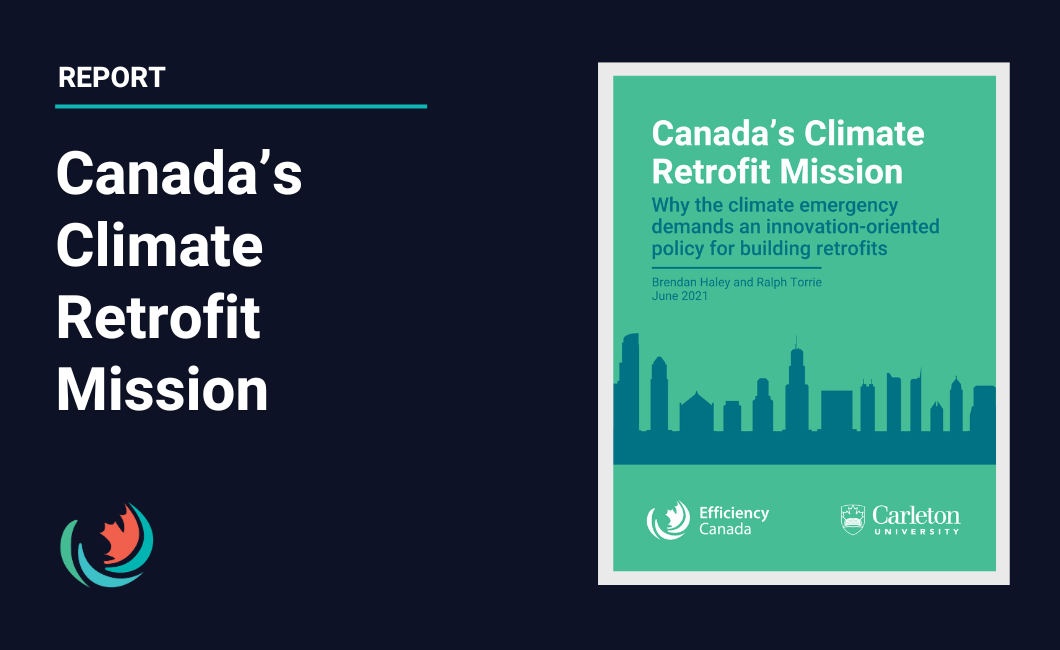
Retrofitting our buildings at the scale and performance required to confront climate change calls for market re-shaping innovations. This report defines a climate retrofit mission for Canada and proposes a way to organize the public sector to achieve it. Authored by Brendan Haley and Ralph Torrie.
Sign-up to get the latest in energy efficiency news!